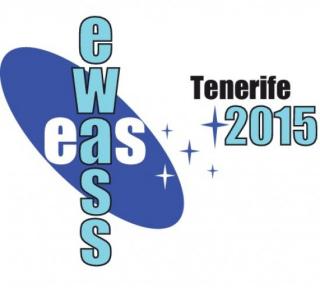
El diseño de Anais Parripaty con el título "Shamash", inspirado en la granulación de la superficie del Sol, gana el premio del desfile “Moda Cósmica” organizado en La Laguna por el IAC y la Escuela de Arte y Superior de Diseño (EASD) “Fernando Estévez”. El jurado concedió también una mención especial al diseño de Jesús Carballo, “Miroirs”, inspirado en los espejos del Gran Telescopio CANARIAS.
Advertised on




